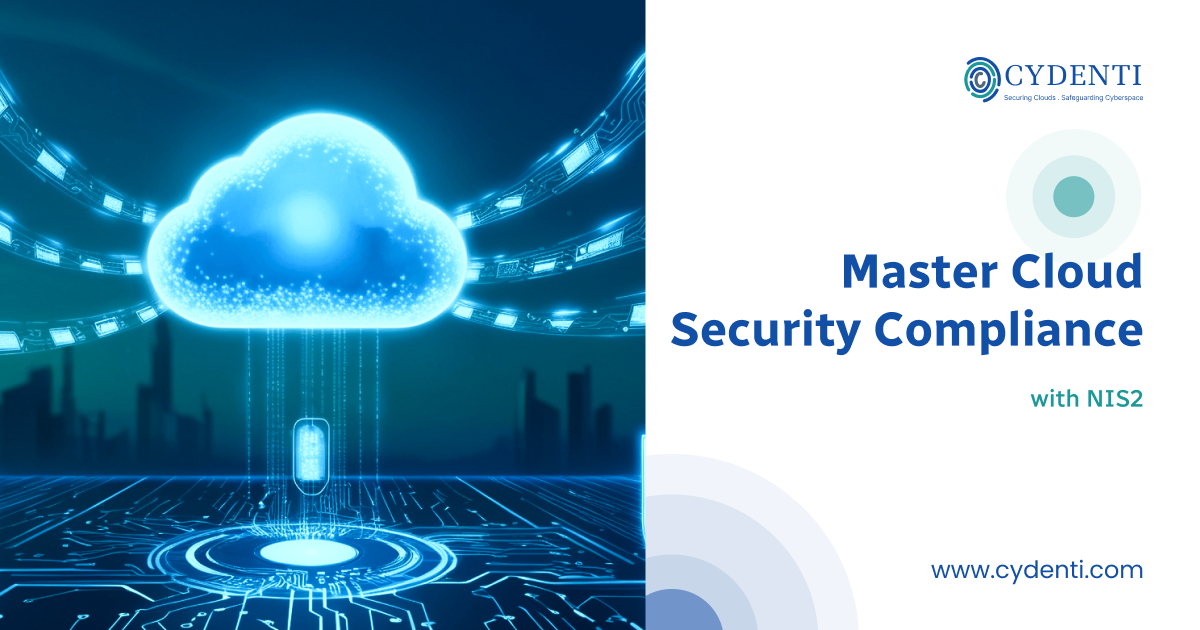The digital landscape is constantly evolving, with more and more businesses relying on cloud services. While the cloud offers numerous benefits, it also introduces new security challenges. The NIS2 Directive, a European Union law aimed at enhancing cybersecurity, underscores the critical importance of cloud security. This blog post will explore the implications of NIS2 for organizations using cloud services and outline key steps to ensure compliance.
The Expanding Threat Landscape and NIS2
Cyberattacks are becoming increasingly sophisticated, targeting a wider range of organizations. Recognizing this evolving threat landscape, the EU introduced the NIS2 Directive to establish a high common level of cybersecurity across the Union. NIS2 replaces the original NIS Directive, expanding its scope and strengthening requirements to address the changing nature of cyber threats. Notably, NIS2 broadens the range of sectors and entities subject to its regulations. This includes organizations previously not covered by NIS, such as those in the healthcare, manufacturing, and research sectors.
The Role of Cloud Security in NIS2 Compliance
Cloud services play a crucial role in the operations of many businesses. NIS2 mandates organizations to implement appropriate and proportionate security measures to manage risks to their network and information systems. This includes cloud environments. A failure to comply with these requirements could result in significant fines and legal repercussions.
The directive emphasizes a risk-based approach, requiring organizations to identify, assess, and mitigate cybersecurity risks relevant to their specific operations and sector. This includes risks associated with cloud providers and the supply chain. Organizations need to carefully evaluate the security measures of their cloud providers and ensure alignment with NIS2 requirements.
Key Requirements and Best Practices for Cloud Security under NIS2
NIS2 outlines various cybersecurity risk-management measures that organizations must adopt. Here are some key areas and best practices specific to cloud security:
- Incident Management: Establish a robust incident management framework, including clear procedures for detecting, responding to, and reporting cybersecurity incidents, especially those with a significant impact on service delivery.
- Risk Management: Implement strong information security policies, encompassing both IT and operational technology (OT) environments. This involves conducting systematic risk analyses, establishing a consistent risk taxonomy, and developing a harmonized risk management process tailored to the organization’s specific context.
- Business Continuity and Crisis Management: Ensure operational continuity in the event of a major cybersecurity incident by developing a comprehensive resilience framework that covers business continuity, disaster recovery, and crisis management.
- Supply Chain Security: Evaluate the security practices of cloud providers and other third-party vendors to identify and address vulnerabilities within the supply chain.
- Security Awareness and Training: Regularly train staff, including management, to enhance their knowledge and skills in identifying and mitigating cybersecurity risks. This includes educating employees about basic cyber hygiene practices and the importance of following security protocols.
Preparing for NIS2 Compliance in the Cloud
To prepare for NIS2 compliance in the cloud, organizations should:
- Assess Applicability: Determine if NIS2 applies to your organization based on the sectors and criteria outlined in the directive.
- Identify Gaps: Conduct a gap analysis to identify areas where current cybersecurity practices fall short of NIS2 requirements.
- Develop a Roadmap: Create a roadmap outlining the steps necessary to achieve and maintain compliance. This roadmap should include specific actions, timelines, and responsibilities.
- Implement Security Controls: Implement the necessary technical, operational, and organizational security measures to address identified gaps and meet NIS2 requirements.
- Engage Experts: Consider seeking expert guidance from cybersecurity professionals experienced in NIS2 compliance and cloud security.
Conclusion
Cloud security is no longer just a technical consideration; it is a legal and business imperative. The NIS2 Directive highlights the importance of a proactive and comprehensive approach to cybersecurity in the cloud. Organizations must prioritize compliance to mitigate risks, protect their operations, and avoid potential penalties. By taking the necessary steps to strengthen cloud security and align with NIS2 requirements, businesses can ensure their resilience in the face of evolving cyber threats.
